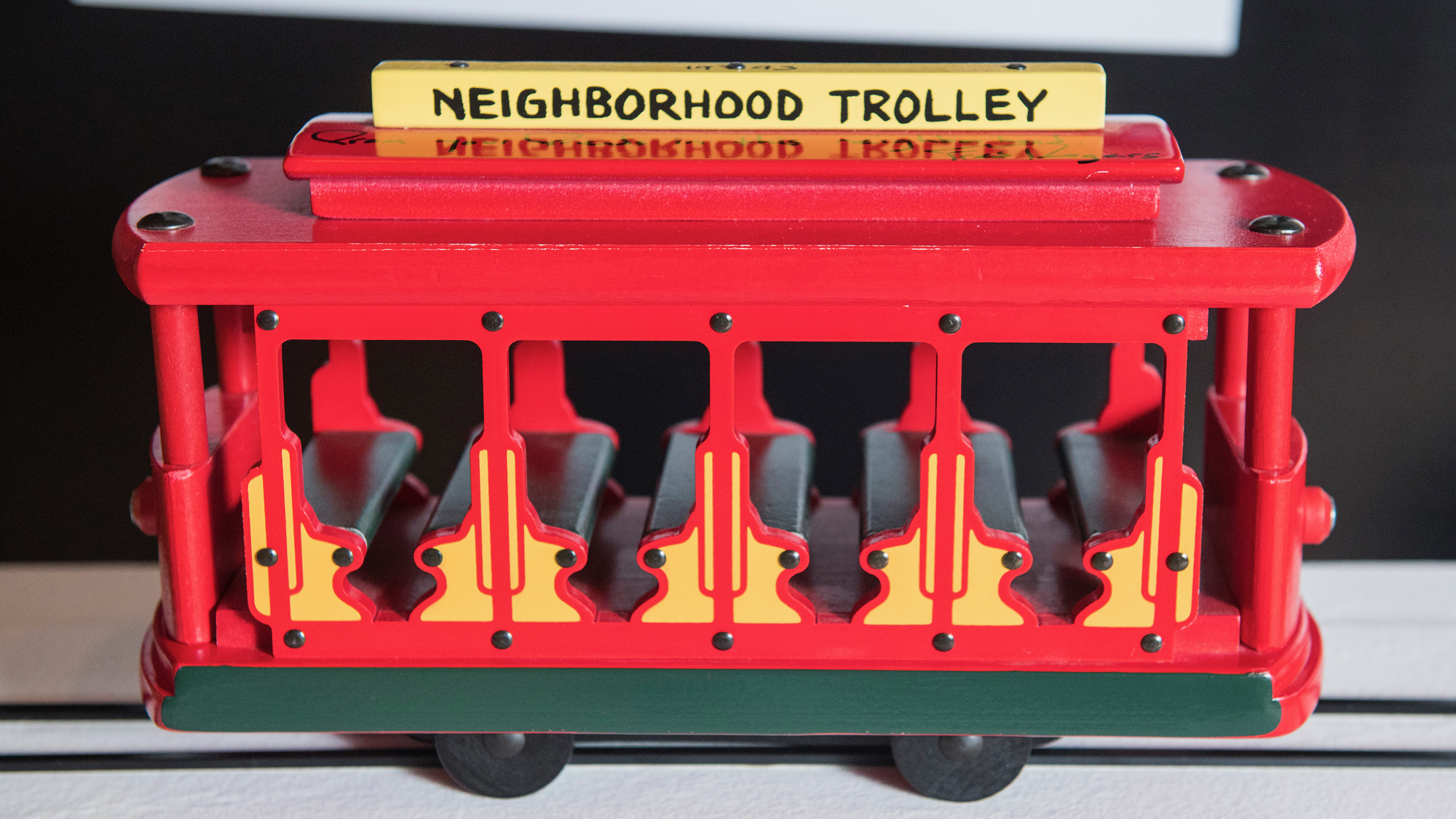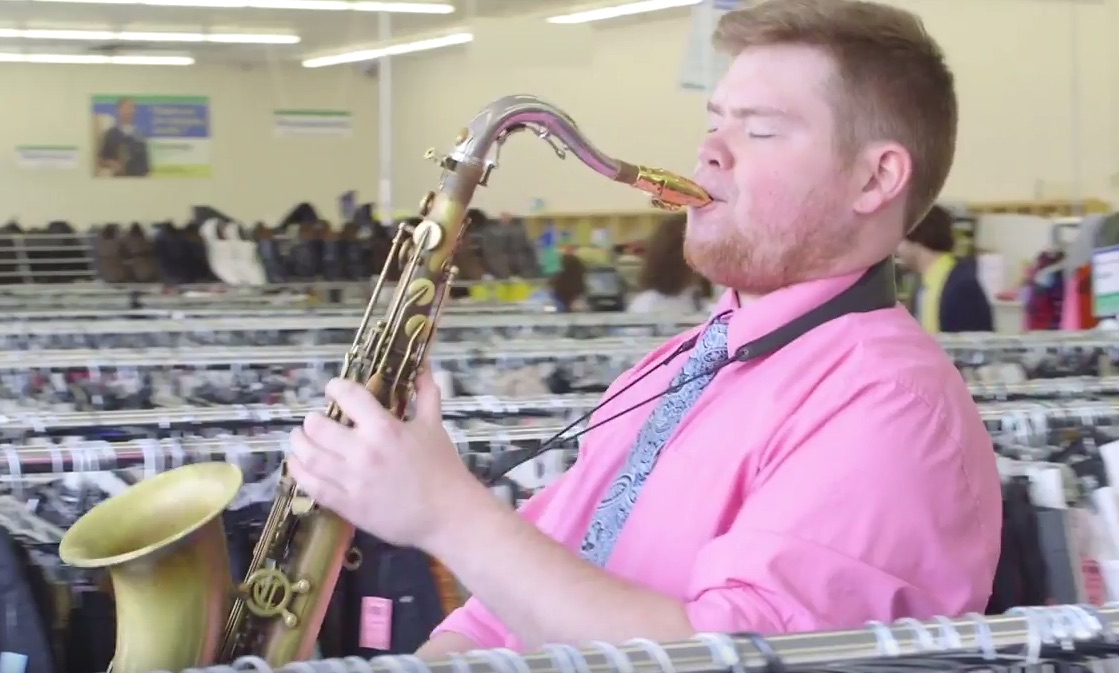Tag: Fred Rogers
How ‘Donkey Hodie’ is bringing Mister Rogers’ magical trolley to life
The PBS Kids show’s puppets are hopping on board the nostalgic transport in the show’s second season.Pittsburgh artists celebrate ‘a beautiful day’ in WQED’s Fred Rogers music project
So far, five tunes, in genres from hip-hop to lullaby, are featured online as “The Sweater Sessions.”‘The Pub’ #113: How states are doling out dollars for public media
Ever wonder how much your state spends on public media? Current has got you covered with a new, comprehensive guide to state ...New documentary about Fred Rogers probes ‘the profundity of his vision’
Director Morgan Neville got approval for his film from Rogers' estate by promising to focus on "the things he stood for."Siefken takes lead at Rogers Co., ‘1A’ forms crew, and other comings and goings
Siefken is VP of broadcast and digital media at The Fred Rogers Co.Samuel Chamberlin Newbury, ‘Mister Rogers’ Neighborhood’ producer, dies at 69
Samuel Chamberlin Newbury, who served as director of productions for Fred Rogers Co. for nearly three decades, died May 22 at his ...Thursday roundup: Sweaters for public media, This American Life in the U.K.
Plus: NPR explains its analytics dashboard, and the Knight Foundation's interest in digital storytelling.Fred Rogers goes viral with “Garden of Your Mind” video remix
An Auto-Tuned video of the late PBS icon Fred Rogers is going viral, with more than 700,000 views as of Friday (June 8) ...In master control, Fred Rogers re-enters my life
Mister Rogers was one of the first programs that I can remember watching. I was, of course, part of the show’s target ...Fred Rogers: ‘No matter where he was, a lot of love came through’
Fred Rogers occupied a quiet corner of the tumultuous television landscape, but his influence was profound and borne of the kindness, ...Fred Rogers and the significance of story
The late George Gerbner, a leading scholar of TV program content, wrote this article for the 40th anniversary of Mister Rogers Neighborhood, but it ...







